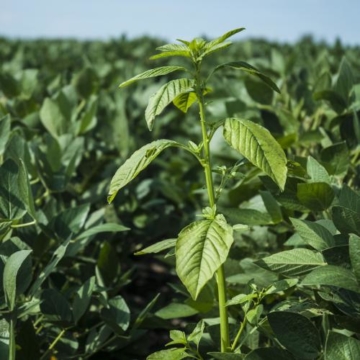Explore our blog featuring articles about farming and irrigation tips and tricks!
6 Things You Didn’t Know About Herbicide-resistant Weeds

By: Successful Farming Staff
Think you’ve heard it all about herbicide-resistant weeds? Here are six often-overlooked facts about them to consider as you ready your weed-management plan for the coming growing season in 2017.
1. They’re not new. “The first resistant weeds to atrazine were reported in 1970,” says Ian Heap, director of the International Survey of Herbicide-Resistant Weeds (weedscience.org). At latest count, 252 weed species worldwide have evolved resistance to herbicides
“The interesting thing is, we’ve known how to combat weed resistance for most of that time, too,” Heap says. Herbicide labels from the 1980s – before Roundup Ready was in anyone’s vocabulary – encouraged chemical rotation, full-use rates, and herbicide use only when necessary.
2. More are en route every year. Heap says, on average, 11 new cases of herbicide-resistant weeds are reported annually by weed scientists somewhere in the world. That’s been a steady pace for about 30 years. Up through 2015, 461 unique cases were documented, involving 247 weed species.
The reason there are two different numbers – 461 unique cases of 247 weed species – is that many weed species now show resistance to multiple chemicals. For instance, Heap says, wild oat shows resistance to five different herbicide classes, putting it on the list of unique cases five times. Meanwhile, rigid ryegrass is resistant to 11 classes. About 90 weed species are resistant to more than one herbicide.
Corn used to be the crop most impacted, but now it’s wheat, Heap says. About 130 weeds that are significant to wheat growers are resistant to at least one herbicide. Corn has about 100 resistant weeds, and soybeans and rice have about 80.
Stay up to date on all T-L news and get alerts on special pricing!


